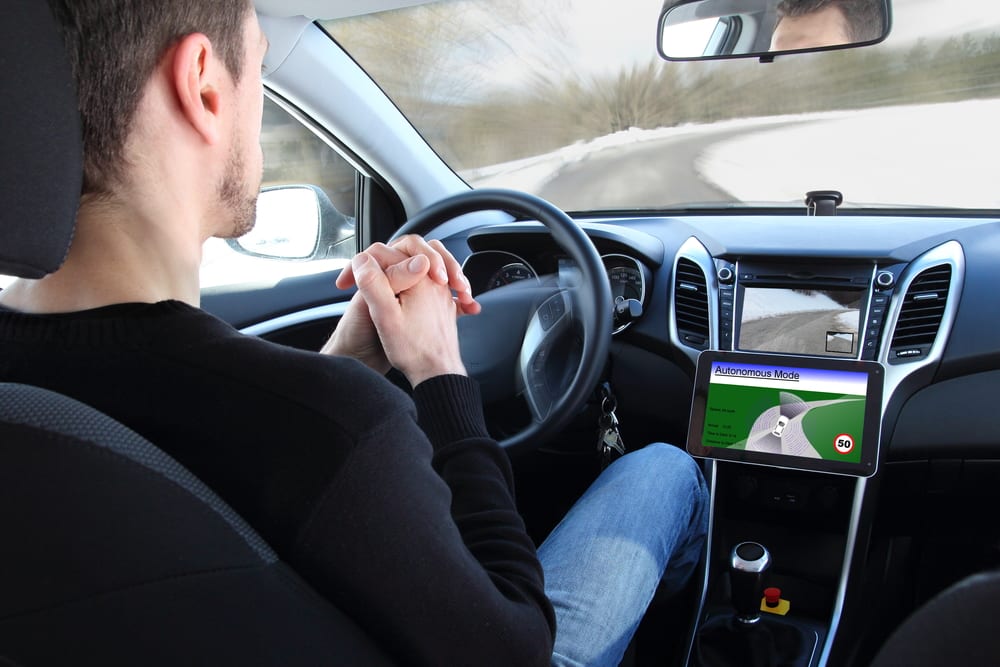

While once relegated to science fiction novels or films, self-driving cars are now actually a thing. Find out what you need to know about the cars of the future so you can be ready when, and if, they hit the streets in larger numbers.
The Future Is Here
Several manufacturers already have prototype vehicles that are being tested. Google, Audi, BMW, Volvo, Nissan, Toyota, Honda and Tesla are all working towards mass production of self-driving cars. Google’s version has already been on the roads in California to determine what works and what needs changed for maximum reliability and safety.
How It Works
Self-driving cars rely on a plethora of cameras, lasers and built-in sensors to keep track of the road, surroundings and other vehicles. These inputs are constantly monitored by a computer, allowing the vehicle to make adjustments as needed for other traffic and road conditions.
Manual Modes Included
Most automakers involved in developing these vehicles are including a manual mode that will allow a person to take over driving or just sit back and be a passenger. It is believed that this will be the only real option for carmakers if they want lawmakers to support having the cars on the road.
Accident Responsibility
A major concern of self-driving cars is how responsibility works if there is an accident on the road. For now, the consensus is that if the car is in manual mode, the person driving will be responsible if he or she is considered at fault. If the car is in self-driving mode and either causes an accident or malfunctions, the automaker will accept responsibility.
Technology Already In Use
While autonomous cars might seem like something that can’t possibly happen any time soon, it’s important to understand that similar forms of the technology are already in use. Park assist, adaptive cruise control and other similar features found in new vehicles employ facets of the self-driving car. Each of these systems takes over some aspect of driving when activated, showing that drivers are already learning to trust their vehicles to keep them safe.



